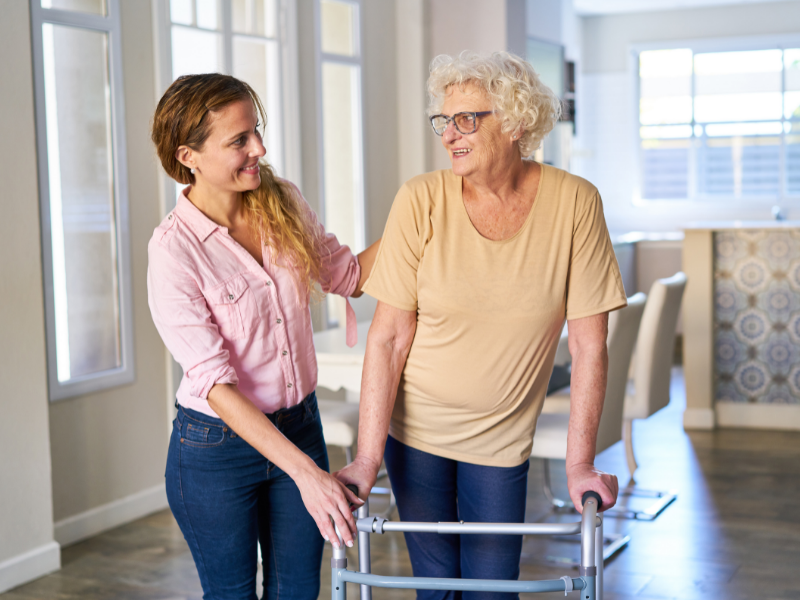(267) 778-9143

When you hear “stroke” it brings up difficult emotions including fear and worry. A stroke affects different people in different ways. Many times a Senior cannot do all the things they used to, especially during recovery and rehabilitation. Social workers and case managers can give you insights into what you need to do at home to prepare the space safely in order to help seniors transition home after a stroke.
The transition process begins at the hospital. You’ll need to meet with your loved one’s care team who can give you real insights on what they can (or cannot) do in terms of daily tasks, and what risks they face. Talk about both physical and emotional needs so you have a clear picture. If the Elder has limited abilities with dressing, food preparation, chores, etc., you can look into home care health aids like those Inspire Home Care, PA offer. You can get personalized, meaningful help that relieves a lot of stress for the whole family.
Make a list of all the durable medical equipment you’ll need at home, as well as changes in the overall placement of things, like getting rugs out of the way if someone is a fall risk. Here are a few of the alterations you may need:
Bringing your Senior home can prove daunting. When you aren’t sure of what you should do or are just overwhelmed, reach out to Inspire Home Care for assistance. Our professionals can do a safety assessment,
With all your attention turned toward your loved one, you may forget about your own needs. Self-care is vital so you have the energy you need when you need it most. When you start skipping meals and losing sleep because of the demands of stroke recovery, think about joining a support group that can give you fantastic insights based on experience. This may also be the moment to contact an in-home caregiver agency so you have extra eyes and hands, and a network of professionals on whom you can call for encouragement, motivation, and answers.
Once your loved one returns from the hospital there are a plethora of “best practices” to remember, including:

Seniors may experience more than one stroke so remain mindful. Watch their blood pressure and keep stress levels minimalized. Our home health care services include personal care assistants who have experience with stroke survivors. They can assist you in watching for warning signs as well as many other tasks throughout the day.
Contact Inspire Home Care, Philadelphia PA at 215-576-2273, or email info@inspirehomecarepa.com

Inspiring you to live independently